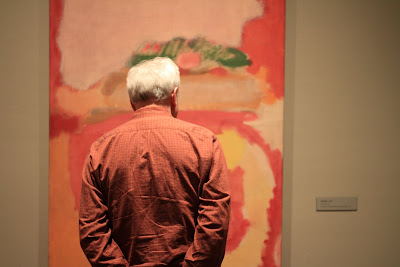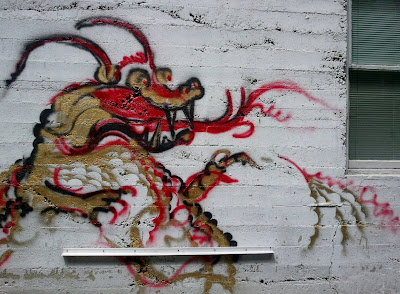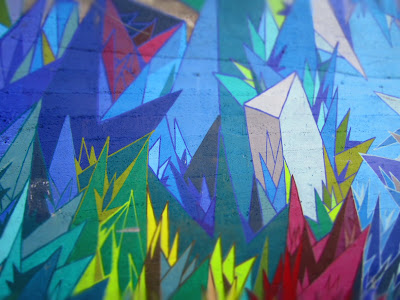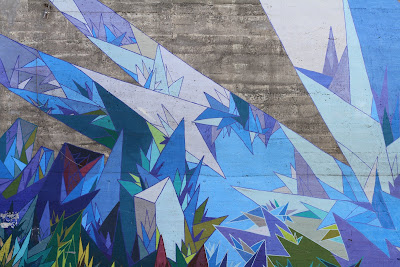
This post’s binomen art subject is a member of the Cornus (Cornaceae, Dogwood Family) called Cornus omeiense ‘ Summer Passion’ COPF. Right up to writing this post we kept calling this tree Cornus kousa and then we found our notes on the purchase of the tree and discovered it’s true name. C. omeiese was introduced by Piroche Plants in 1990 from China. The Piroche web site describes the tree as:
Evergreen Dogwood 7-10m (23-33ft) USAD Zone: 7 Outstanding, glossary foliage and coppery-red new growth. 7-10 cm (3 - 4”) creamy-yellow flowers in June.
The “flower” is really the white bracts with the real flower in the middle. The fruit ressembles a raspberry in shape and color and comes later in the year.
The generic epithet - guessing here - refers to the location of where it was discovered, Mount Omei, Leshan, Sichuan, China. One common name for it is Mount Omei Dogwood.
Cornus mas or Cornelian Chery is the type species of Cornaceae. The generic name cornus, according to Quattrocchi, has its origin in “[t]he Latin name for the cornelian cherry, Cornus mas L.; Greek keras, Latin cornu, us “horn”, Akkadian qarnu “horn,” Herbrew qeren “a horn, point, peak.” The Learn2Grow site’s article on Cornus mas site gives more clue to the reference to horn:
The Latin word “cornu” describes hard and tough objects, such as the horn of a goat. From this root word we get “cornea” (due to the toughness of the lens of the eye), “cornet” (the shape of the instrument resembles the trunk shape) and Cornus, which Carolus Linnaeus, founder of the ‘binomial system of nomenclature,’ used when he established the genus name for dogwoods.
We planted the C. omeiense in 1997 when it was about 12 feet tall. We almost lost it one winter under a heavy snow which bent young plant to the ground. Now, 15 or so years later it is about 25 feet tall and is low maintenance. We don’t water it, we don’t fertilize it. It does drop a lot of leaves - though it is evergreen - and so cleanup underneath it is in order every few months. From inside the canopy, looking up the main trunk, there are a lot of dried, dead twigs and branches, so that view isn’t pretty unless you are a bird or squirrel perhaps. The real beauty are the mounds of foliage and flowers viewed standing away from the tree.
Cornus Spelled with Gold Sharpie (left) and Non-Graffiti Flowers (right)
Cornus Spelled with Gold Glitter Glue (left), and Mounds of C. omeiense Foliage and Flowers

































